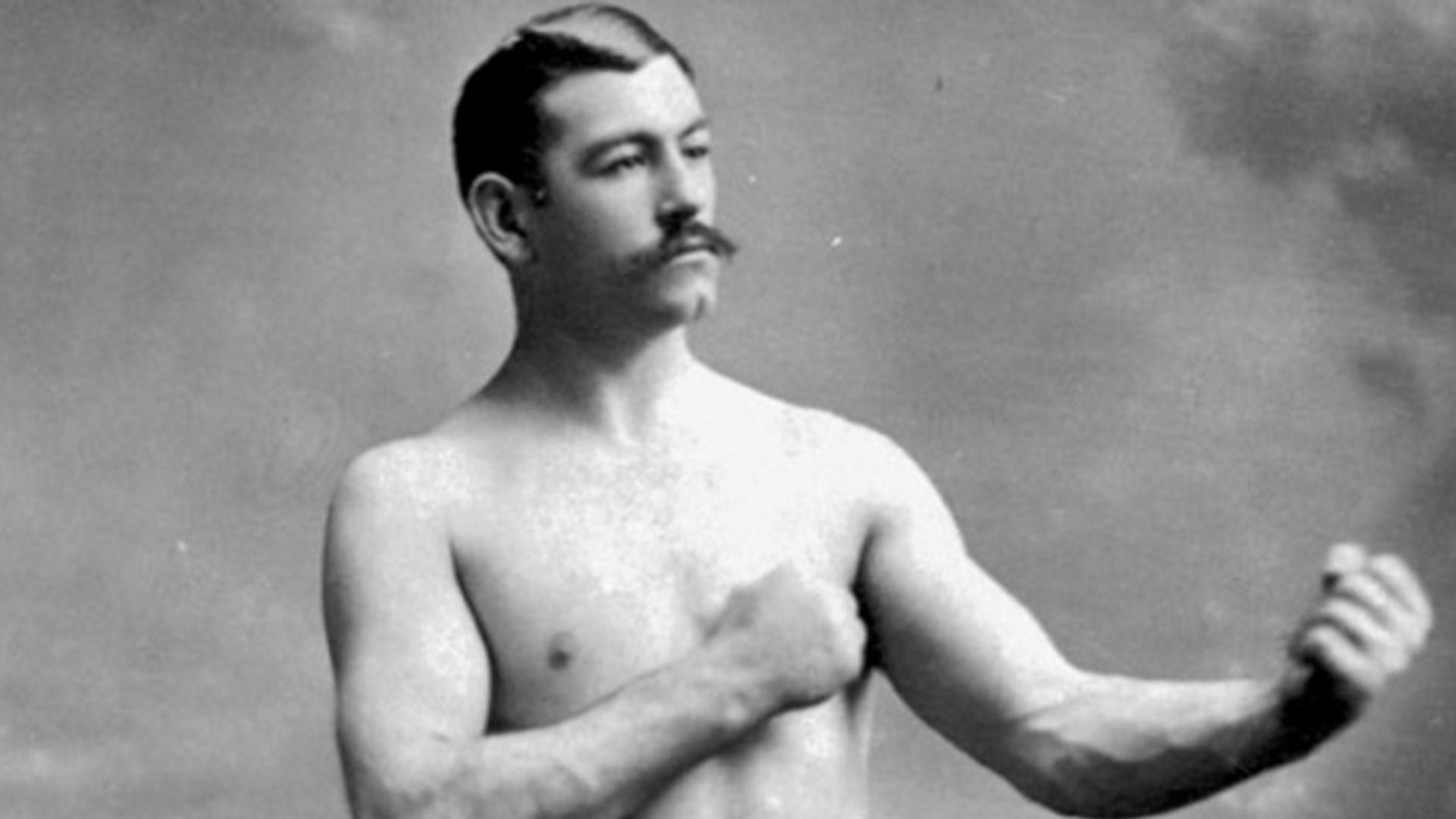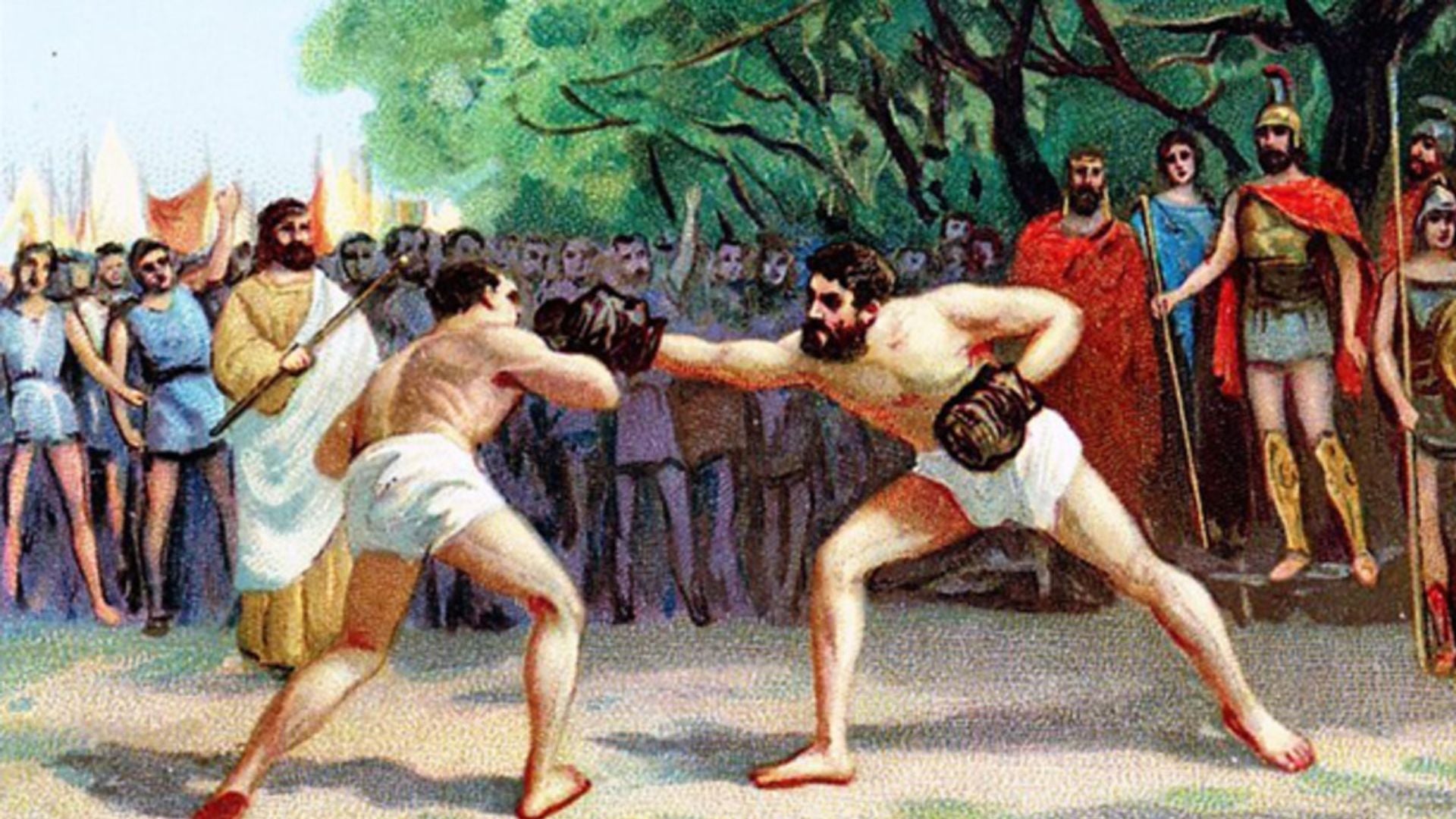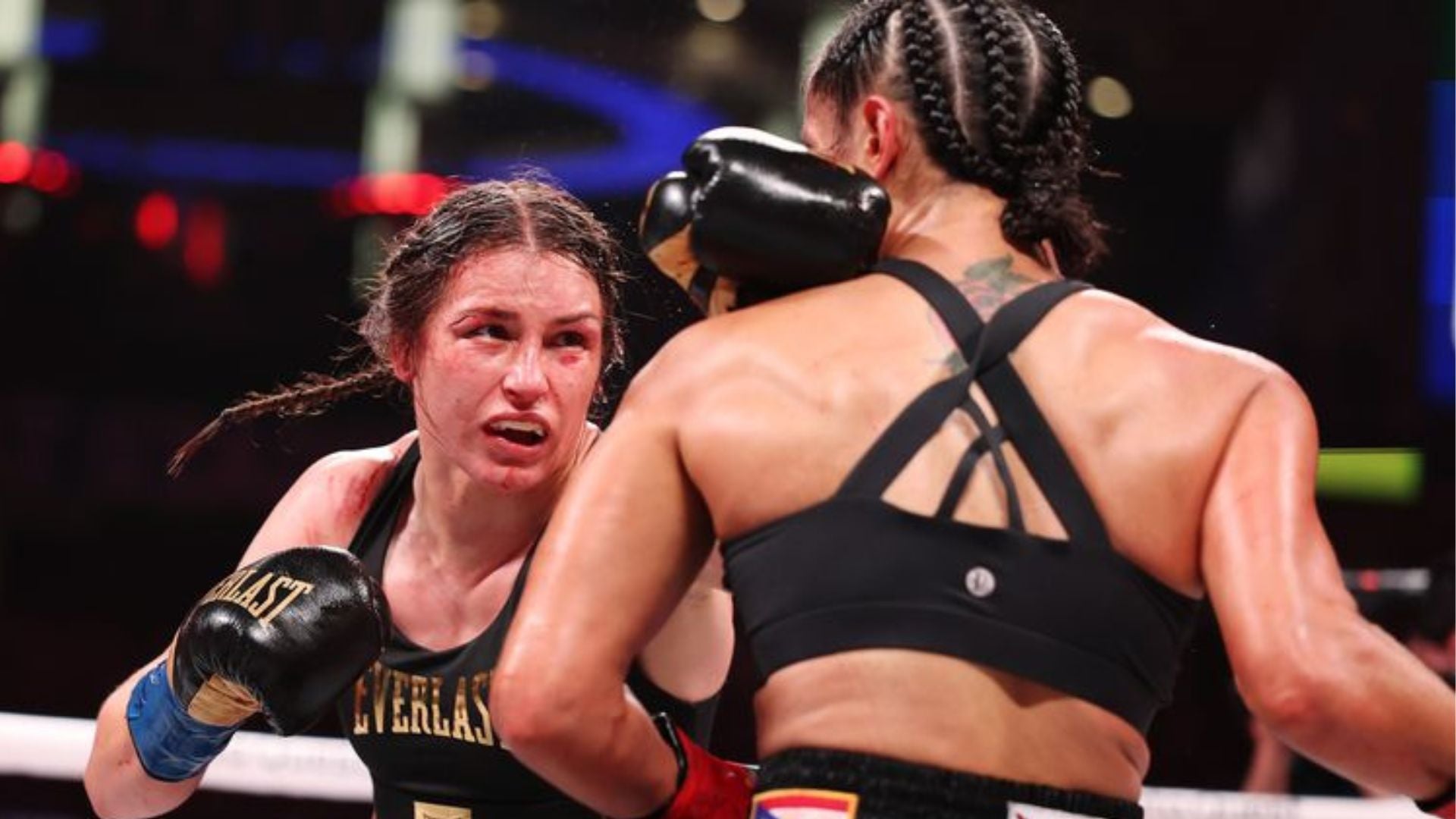
The Rise of John L. Sullivan: How He Became the First Heavyweight Champion
The Man Who Revolutionized Boxing
In the rough-and-tumble world of 19th-century boxing, one name stood above all others—John L. Sullivan. His fists were as legendary as his bravado, and his rise to fame marked the birth of modern boxing. Before him, boxing was a chaotic sport with inconsistent rules, but Sullivan's dominance forced the sport to evolve. He was the first recognized Heavyweight Champion of the World, a title that carried immense prestige. But how did he get there? And why does his legacy still loom large over the sport today?
The Early Life of a Fighter
Born in Boston, Massachusetts, in 1858, John Lawrence Sullivan was the son of Irish immigrants. From a young age, Sullivan displayed a natural aptitude for fighting, often engaging in bare-knuckle brawls in the streets. His strength and aggression made him a force to be reckoned with.
As a teenager, he was introduced to organized boxing. Unlike today's structured fight training, Sullivan's preparation was brutal and instinctive—honed through raw, physical encounters. He quickly gained a reputation as someone who could not only take a punch but also deliver one with devastating force.
From Street Fighter to Professional Boxer
Sullivan’s professional boxing career began in the late 1870s, a time when bare-knuckle boxing was still widely practiced. The sport was transitioning from its chaotic origins into something more structured. Sullivan's rise coincided with the introduction of the Marquess of Queensberry Rules, which eventually established modern boxing norms, including the use of gloves and timed rounds.
His fighting style was aggressive and relentless. Unlike many of his contemporaries, who favored a more defensive approach, Sullivan overwhelmed opponents with sheer power. His ability to end fights quickly earned him the nickname “The Boston Strong Boy.”
The Road to the Heavyweight Championship
Sullivan quickly rose through the ranks, knocking out nearly every opponent who dared to challenge him. His defining moment came in 1882 when he faced Paddy Ryan for the American Heavyweight Championship. The fight, conducted under bare-knuckle rules, was over in nine rounds—Sullivan emerged victorious, cementing his status as the top fighter in America.
But he wasn’t satisfied with national recognition. He wanted the world title, a distinction that would make him boxing’s undisputed king.
The First Official Heavyweight Champion
In 1885, Sullivan embarked on a tour across the United States, challenging anyone who dared to fight him. He reportedly knocked out over 50 men during this campaign, further solidifying his dominance.
However, the most significant moment of his career came on July 8, 1889. Sullivan faced Jake Kilrain in what would be the last bare-knuckle championship fight in history. This brutal contest lasted an astonishing 75 rounds, and after nearly three hours of combat, Kilrain’s corner threw in the towel.
Sullivan’s victory made him the first recognized Heavyweight Champion of the World, an honor that marked the beginning of boxing as a legitimate, globally recognized sport.
Defending the Title and the Shift to Gloved Boxing
As the sport moved away from bare-knuckle fighting, Sullivan adapted. Though he preferred the raw brutality of bare-knuckle bouts, he fought under the Queensberry Rules when necessary.
One of his most famous fights under these rules was against James J. Corbett in 1892. Corbett, a younger and more technically skilled fighter, defeated Sullivan in the 21st round, marking the end of the Boston Strong Boy’s reign. It was a changing of the guard, signaling the emergence of a new era of boxers who emphasized strategy and finesse over brute strength.
Sullivan’s Influence on Boxing
Even in defeat, Sullivan's impact on the sport was undeniable. He was the first true superstar of boxing, paving the way for modern champions. He helped transition the sport from underground brawls to mainstream entertainment, setting the stage for legendary fighters like Jack Johnson, Joe Louis, Muhammad Ali, and Mike Tyson.
Sullivan also introduced the concept of a world tour, an idea that remains integral to boxing promotion today. His brash, confident persona made him a household name, proving that a fighter’s legacy extends beyond the ring.
Life After Boxing
Following his retirement, Sullivan struggled with alcoholism, a vice that had plagued him throughout his career. However, he later became an advocate for temperance, dedicating his later years to encouraging young men to avoid the destructive habits he had once indulged in.
He passed away in 1918, but his legacy remains intact. Even today, boxing historians regard him as the father of modern heavyweight boxing.
The Lasting Legacy of John L. Sullivan
John L. Sullivan’s rise to the top was more than just a series of fights—it was the beginning of boxing as we know it. His aggressive style, iron will, and larger-than-life personality made him a pioneer of the sport. He set the standard for what it means to be a heavyweight champion, a title that still carries immense prestige over a century later.
His influence can still be seen in the ring today. Every modern fighter who steps into the squared circle owes a small debt to the Boston Strong Boy—the man who turned boxing into a global spectacle.
Sullivan wasn’t just the first heavyweight champion—he was the first true boxing legend.





